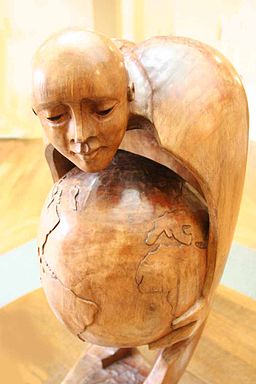Nursing Student Calls For Interprofessional Collaboration
This is a reposted from Primary Care Progress. CHMP and Primary Care Progress are celebrating Nurses Week together modeling collaboration and team. That’s the way we like it!
Shocked by a tense interaction she witnessed between a nurse and a resident, this nursing student saw the urgent need for nursing and medical students to learn to work together and communicate with each other.
After six weeks in the accelerated bachelor of science in nursing program at the University of Rochester, I was already on clinical rotations in the hospital. I was learning clinical functions that my second-year medical school friends had no idea how to perform: catheterizations, wound dressing changes, how to calculate and administer medications. There’s just not enough time in the first two years.
On the other hand, in the nursing program, our heavy clinical schedule doesn’t provide us much time to perfect writing SOAP notes (or subjective/objective assessment and plan), for example, which medical students practice every day. It was clear that we were each acquiring distinct knowledge and skills that we could share with each other — if given the chance.
I was living with several medical students, so we had what I learned would be a rare opportunity to share our knowledge with each other. I taught them how to administer different medications for their voluntary flu clinics and calculate medications. They taught me how to write an awesome SOAP note, how to perform more specific subjective and objective assessments, and ways to remember complex pathology and physiology concepts. Working together, we learned from each other and came to appreciate the unique skills that each of us could bring to patient care. However, I quickly learned that this type of cooperation didn’t always carry over to the hospital.
This is a reposted from Primary Care Progress. CHMP and Primary Care Progress are celebrating Nurses Week together modeling collaboration and team. That’s the way we like it!
Shocked by a tense interaction she witnessed between a nurse and a resident, this nursing student saw the urgent need for nursing and medical students to learn to work together and communicate with each other.
After six weeks in the accelerated bachelor of science in nursing program at the University of Rochester, I was already on clinical rotations in the hospital. I was learning clinical functions that my second-year medical school friends had no idea how to perform: catheterizations, wound dressing changes, how to calculate and administer medications. There’s just not enough time in the first two years.
On the other hand, in the nursing program, our heavy clinical schedule doesn’t provide us much time to perfect writing SOAP notes (or subjective/objective assessment and plan), for example, which medical students practice every day. It was clear that we were each acquiring distinct knowledge and skills that we could share with each other — if given the chance.
I was living with several medical students, so we had what I learned would be a rare opportunity to share our knowledge with each other. I taught them how to administer different medications for their voluntary flu clinics and calculate medications. They taught me how to write an awesome SOAP note, how to perform more specific subjective and objective assessments, and ways to remember complex pathology and physiology concepts. Working together, we learned from each other and came to appreciate the unique skills that each of us could bring to patient care. However, I quickly learned that this type of cooperation didn’t always carry over to the hospital.







